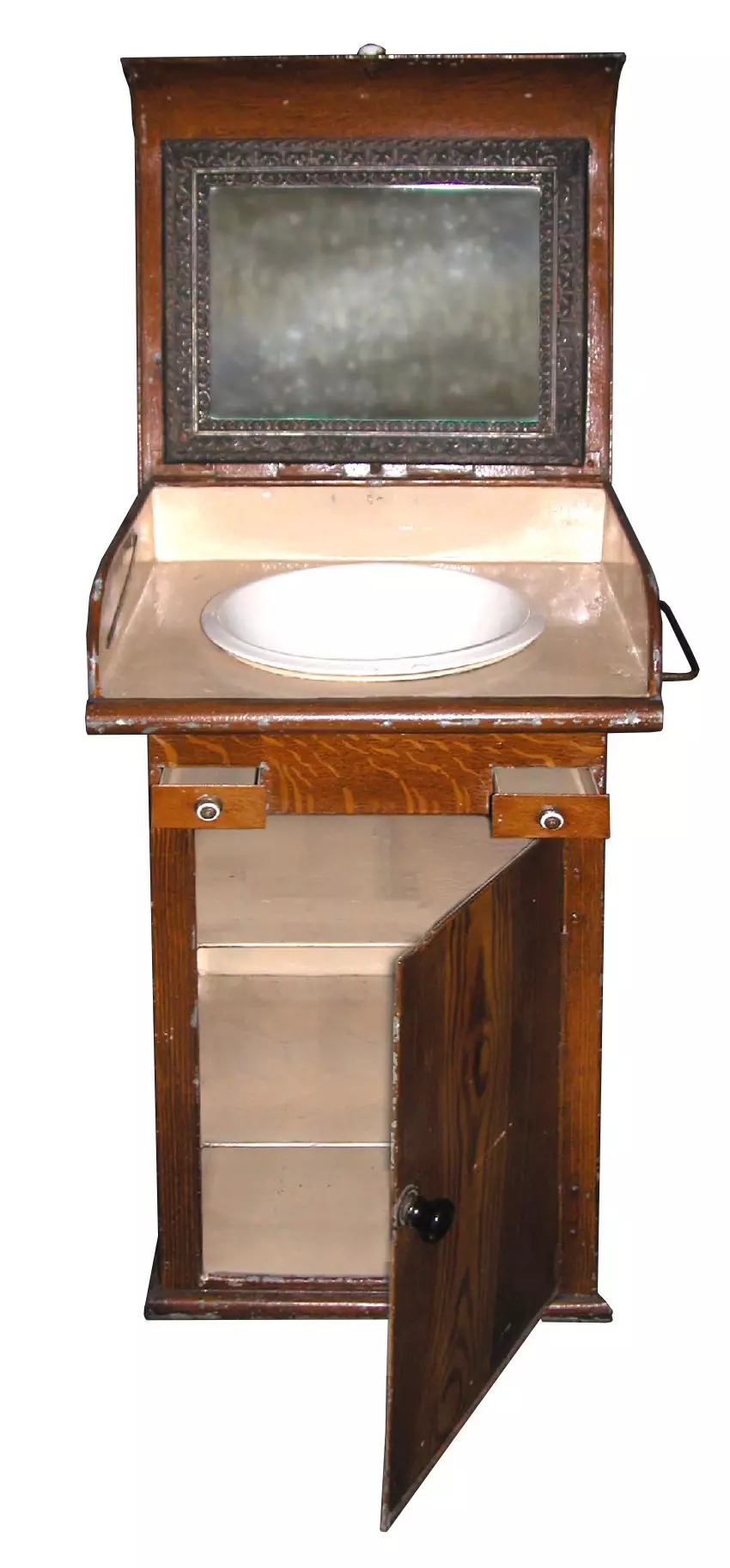Search
Looking for something in particular? Search for it here.
Looking for something in particular? Search for it here.
The Mau family was lucky. Unlike many other German immigrants, they knew exactly where they were going, and what they would do when they arrived in the U. S. in 1892.
The immigration of Germans to the United States continued in the 1890s.
Although Germany was united in 1871, there was still unrest as the Kaiser and his prime minister planned to make the nation a world power. Taxes, the military draft, religious persecution, and agitation for greater civil liberties were all factors in the decision by many to migrate to America.
Before immigrating to America, Germany required all family members to obtain emigration visas.
Those wishing to emigrate had to provide baptismal and marriage certificates from their parish church, evidence of a trade or profession, and proof that adult males had fulfilled their military service. All of this made the process of emigration difficult for those wishing to start a new life in America.
Because the Maus had to carry all their personal belongings on the trip, they could not bring much.
Helmuth had a workshop — a simple shed in the backyard where he worked on home projects. The items he made for his family were often practical, but always beautifully crafted.
“They were frugal people. If he could make it, they didn't buy it.”
— Helen McCoy Haskell, Helmuth’s Granddaughter

Covered in dirt when he arrived home, Helmuth always bathed immediately using this washstand.
“I loved to go up and kiss him on the cheek or the forehead because he smelled like Palmolive soap. Sometimes he was pleased, and sometimes he would say, “Lass mich in Ruhe!” (Leave me alone!)”
— Helen McCoy Haskell, Helmuth's Granddaughter

The Mau family lived in a nice home at 811 N. Lee Street, only a few blocks from the railroad shops.
Hardworking and determined to make a go of it, the Maus took time to help friends and neighbors. By sharing skills they all saved money.
Helmuth helped put gutters on homes, and in return, he would be well fed.
Flip through these pages to learn more about the Mau Family.